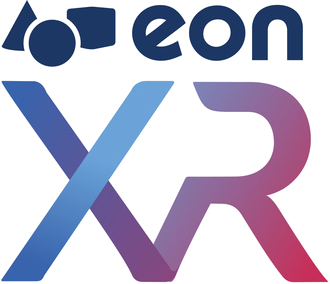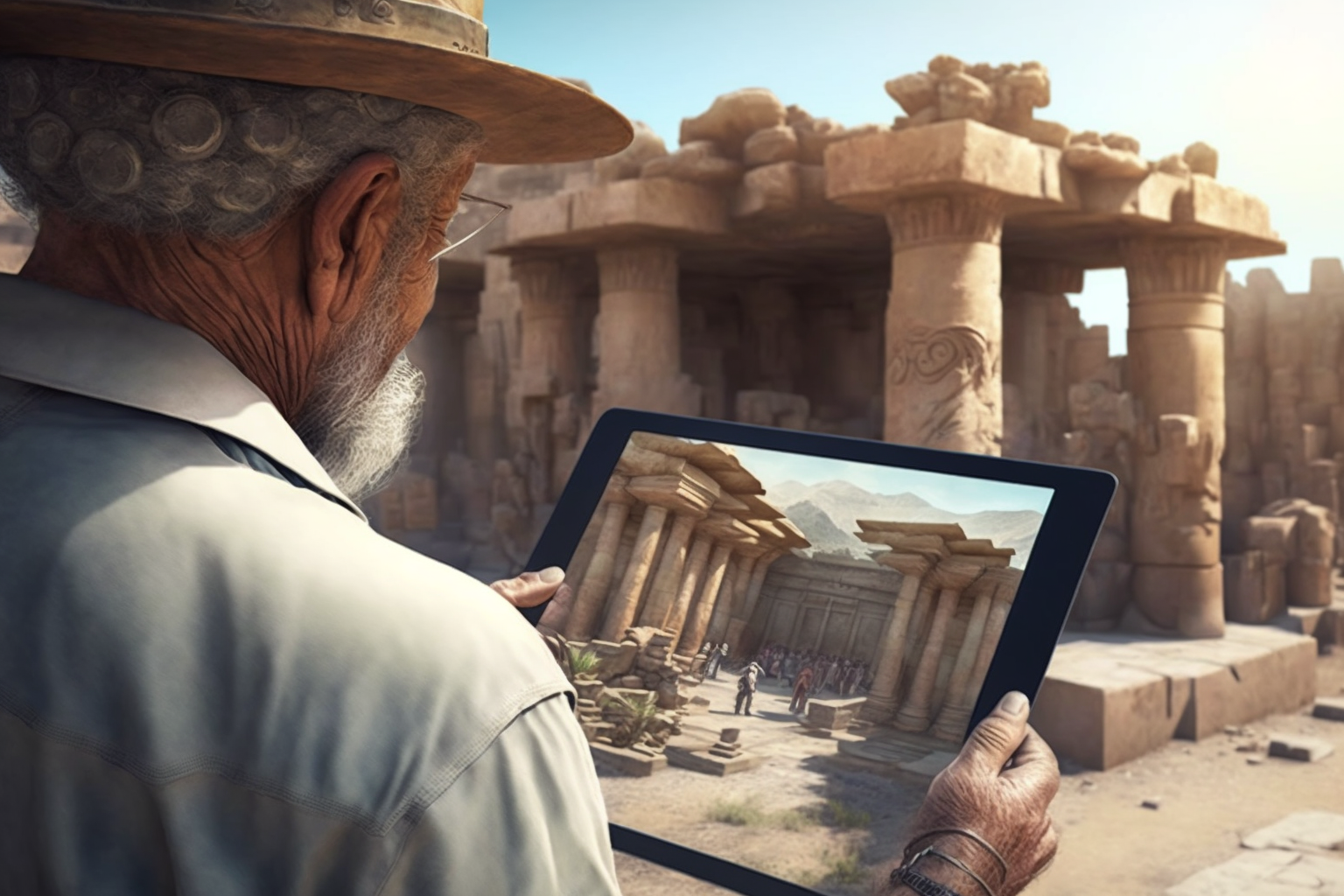Augmented reality (AR) has exploded in popularity, blurring the lines between the physical and digital worlds. Imagine trying on clothes virtually in a store, visualizing furniture in your living room before you buy it, or even receiving step-by-step repair instructions with 3D overlays. These are just a few examples of how AR is transforming various industries, and the foundation for these experiences lies in powerful AR platforms.
So, what exactly are common AR platforms, and how are they shaping the future of communication, business, and beyond?
What are Augmented Reality Platforms?
AR platforms are essentially software development kits (SDKs) that equip developers with the tools to create interactive AR experiences. These toolkits provide functionalities like:
- Motion Tracking: Tracks the movement and orientation of a user’s device in real-time.
- Object Recognition: Identifies and tracks real-world objects to overlay digital content.
- Light Estimation: Estimates the lighting conditions in the user’s environment for realistic rendering of digital elements.
- Environmental Understanding: Analyzes the user’s surroundings, including surfaces and depth, to anchor digital objects seamlessly.
Common Augmented Reality Platforms:
- ARCore (Google): A free, open-source platform from Google, ARCore is popular for its cross-platform compatibility, working on Android, iOS, and web-based applications. It offers robust motion tracking, environmental understanding, and Light Estimation, making it ideal for various AR experiences.
- ARKit (Apple): Exclusive to Apple devices, ARKit boasts high-performance features like real-time world mapping and detailed object recognition. This allows for highly immersive and realistic AR experiences, popular in gaming and entertainment applications.
- Spark AR Studio (Facebook): This user-friendly platform by Facebook allows anyone to create AR filters for Instagram and Facebook Stories without coding knowledge. Its drag-and-drop interface and vast library of effects make it a popular tool for social media marketing and creative expression.
- Vuforia Engine (PTC): A comprehensive AR development platform, Vuforia offers a variety of features like object recognition, cloud storage for AR experiences, and powerful analytics. It caters to developers building complex industrial and enterprise-grade AR applications.
- EasyAR: This platform provides a versatile SDK with multiple tracking modes, including image, markerless, and targetless tracking. EasyAR is known for its ease of use and is suitable for a wide range of AR applications, from education and entertainment to product visualization.
How AR Platforms are Revolutionizing Communication
AR is transforming communication by creating immersive and interactive experiences. Here are a few examples:
- Remote Assistance: Imagine a technician guiding you through a repair process by overlaying 3D instructions onto your real-world environment. This is where AR comes in, facilitating remote assistance with unmatched clarity.
- Enhanced Learning: AR can bring textbooks and lessons to life. Students can interact with 3D models of historical landmarks or dissect virtual frogs in biology class, fostering a deeper understanding of complex concepts.
- Social Media Engagement: AR filters on platforms like Instagram and Snapchat are gamifying social interactions and allowing users to express themselves creatively.
The Rise of AR in Stores
The retail industry is embracing AR to enhance the customer experience:
- Virtual Try-On: Imagine trying on clothes or makeup virtually without stepping into a fitting room. AR allows customers to see how products would look on them before purchase, increasing convenience and reducing purchase anxiety.
- Product Visualization: AR apps can help customers visualize furniture placement in their homes or see how paint colors would look on their walls. This fosters informed decision-making and boosts customer confidence.
- Interactive Displays: AR can transform static displays into interactive experiences. Customers can scan product barcodes to access detailed information, reviews, or even augmented reality demos, enriching the shopping journey.
Beyond Platforms: The AR Development Process
While AR platforms provide the foundation, the AR development process involves several steps:
- Concept & Design: Defining the purpose and functionality of the AR experience.
- 3D Modeling & Asset Creation: Creating the 3D models and other digital assets that will be overlaid in the real world.
- Development & Integration: Using the chosen AR platform’s SDK to integrate the digital assets with real-world tracking and interaction functionalities.
- Testing & Deployment: Thoroughly testing the AR experience on different devices and platforms before releasing it to the public.
The Future of AR Platforms: The AR landscape is constantly evolving, with platforms offering increasingly sophisticated features. For example, storing and processing AR experiences in the cloud will enable lighter apps and remove limitations on device processing power.
Platforms like EON Reality’s EON-XR are at the forefront of this revolution, empowering users to create and deploy immersive experiences without extensive technical expertise.
EON-XR’s cloud-based architecture allows for seamless content creation, distribution, and management, making AR accessible to a wider audience. This shift towards cloud-based platforms is crucial for the widespread adoption of AR technology and will drive innovation in various sectors, including education, training, and entertainment.
In summary, AR tools have become indispensable for creating immersive and interactive experiences. By understanding the core functionalities and applications of these tools, developers and designers can push the boundaries of augmented reality. As technology continues to advance, we can expect even more innovative and groundbreaking AR experiences to emerge.


















